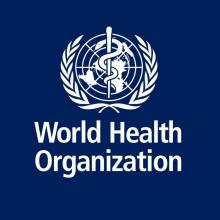Namibia's Cancer Registry added to Global Atlas
Breadcrumb
Namibia's National Cancer Registry (NNCR) has been included in the latest edition of the Global Cancer Atlas, a data project developed by the American Cancer Society in partnership with the World Health Organisation and the International Agency for Research on Cancer.








